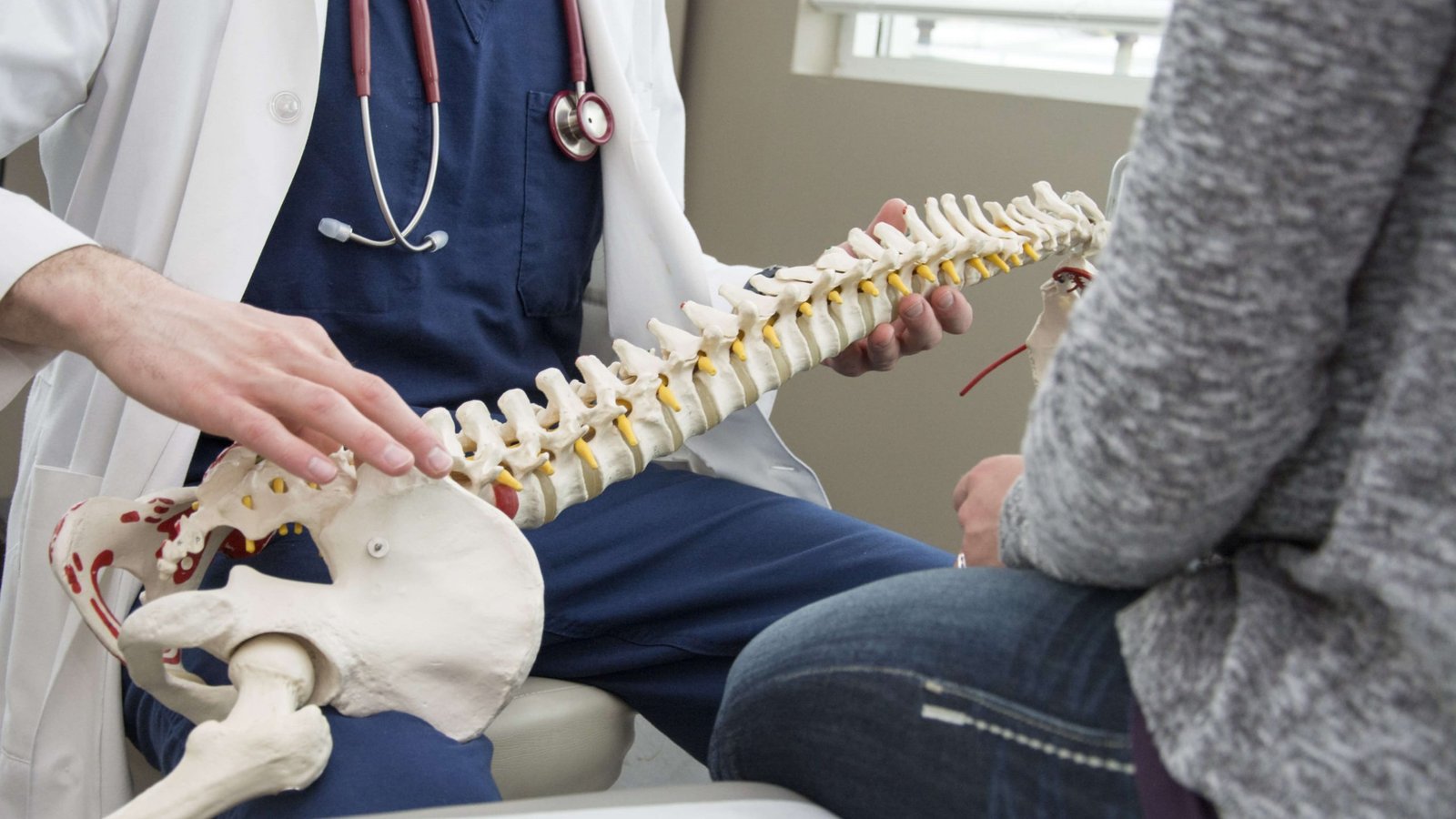Lumbar Radiculopathy

About Lumbar Radiculopathy
Lumbar radiculopathy, also known as sciatica, is a condition that occurs when a nerve root in the lower back is compressed or irritated. This can cause pain, numbness, and weakness in the lower back, buttocks, and legs.
Symptoms
The symptoms of lumbar radiculopathy can vary depending on the nerve root that is affected. Some common symptoms include:
- Pain in the lower back
- Pain that radiates down the leg
- Numbness or tingling in the leg
- Weakness in the leg
- Difficulty walking
Causes
There are a number of different things that can cause lumbar radiculopathy, including:
- Herniated disc: This is a condition in which the soft, jelly-like center of a disc in the lower back bulges out or ruptures. This can put pressure on a nerve root.
- Degenerative disc disease: This is a condition that causes the discs in the lower back to wear down over time. This can weaken the discs and make them more likely to herniate.
- Spondylolisthesis: This is a condition in which one of the vertebrae in the lower back slips out of place. This can put pressure on a nerve root.
- Injury: A sudden injury to the lower back, such as a fall or a car accident, can also cause lumbar radiculopathy.
Diagnosis
The diagnosis of lumbar radiculopathy is usually made based on a physical examination and a medical history. Your doctor may also order imaging tests, such as an X-ray, MRI, or CT scan, to help confirm the diagnosis.
Treatment
The treatment for lumbar radiculopathy depends on the severity of the symptoms and the underlying cause. In some cases, the symptoms may go away on their own with rest, over-the-counter pain medication, and physical therapy. However, if the symptoms are severe or do not improve with conservative treatment, surgery may be necessary.
Non-surgical Treatment
Non-surgical treatment for lumbar radiculopathy may include:
- Rest: Avoiding activities that aggravate the pain can help to give the nerve root time to heal.
- Ice or heat: Applying ice or heat to the affected area can help to relieve pain and inflammation.
- Over-the-counter pain medication: This can help to relieve pain and inflammation.
- Steroid medication: This can help to reduce inflammation and pain.
- Physical therapy: This can help to strengthen the back muscles and improve range of motion.
Surgical Treatment
Surgical treatment for lumbar radiculopathy may be necessary if the symptoms are severe or do not improve with conservative treatment. There are a number of different surgical procedures that can be used to treat lumbar radiculopathy, including:
- Discectomy: This is a procedure to remove the herniated disc material.
- Laminectomy: This is a procedure to remove part of the lamina, which is the bone that covers the spinal cord.
- Lumbar Fusion: This is a procedure to removed the diseased disc and fuse the bone together.
Related Doctors
Conditions
- Neck and Arm Pain
- Back and Leg Pain
- Myelopathy
- Spinal Deformity
Contact Us
-
1828 E Cesar E Chavez Ave, Suite 6300
Los Angeles, CA 90033 - (323) 267-0222



